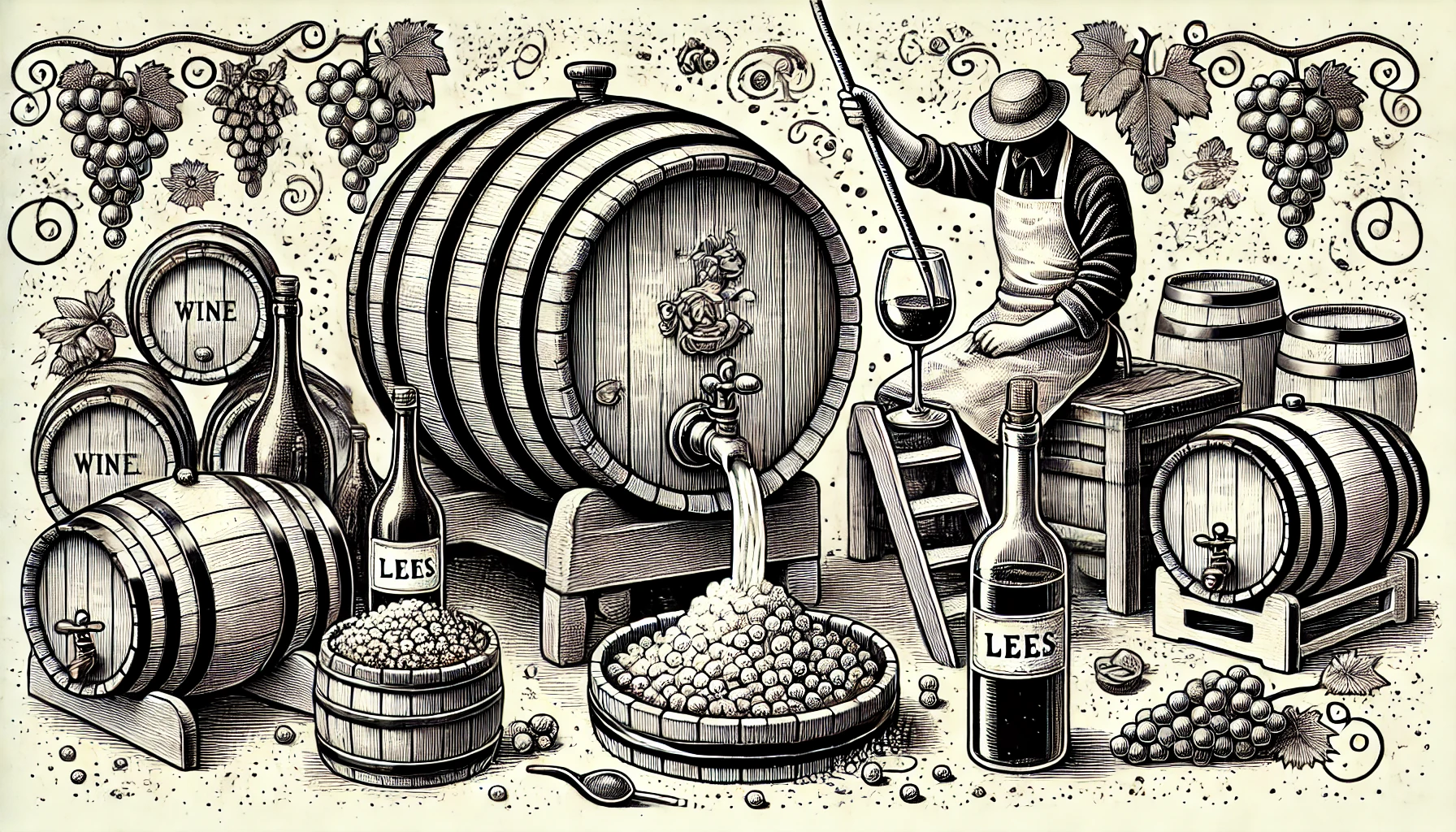
Lees are the dead yeast cells and grape solids that remain after fermentation. During the winemaking process, yeast consumes the sugars in the grape juice and converts them into alcohol, eventually dying and settling at the bottom of the fermentation vessel. These dead yeast cells, along with other grape remnants, form what’s known as the lees.
Winemakers can choose to leave the wine in contact with the dead yeast cells, a technique called sur lie aging, or they can filter them out. Leaving wine on the lees can add complexity, texture, and unique flavors to the final product. The process often imparts a creamy or nutty character to the wine, along with a richer mouthfeel. This technique is commonly used in the production of sparkling wines, Chardonnay, and certain types of white and red wines.
Lees aging also contributes to a wine’s longevity, as the lees can help protect the wine from oxidation during the aging process. However, leaving the wine in contact with them for too long can result in unwanted flavors like bitterness or an overly yeasty character.
Winemakers regularly stir the lees during aging, a practice known as bâtonnage, which helps distribute them and integrate their flavors into the wine more evenly. The decision to age wine on the lees depends on the style of wine the winemaker wants to create, as it significantly affects both flavor and texture.
Curious about more wine terms and insights? Visit our Wine Wiki section and explore the basic wine terms for expert definitions and tips!